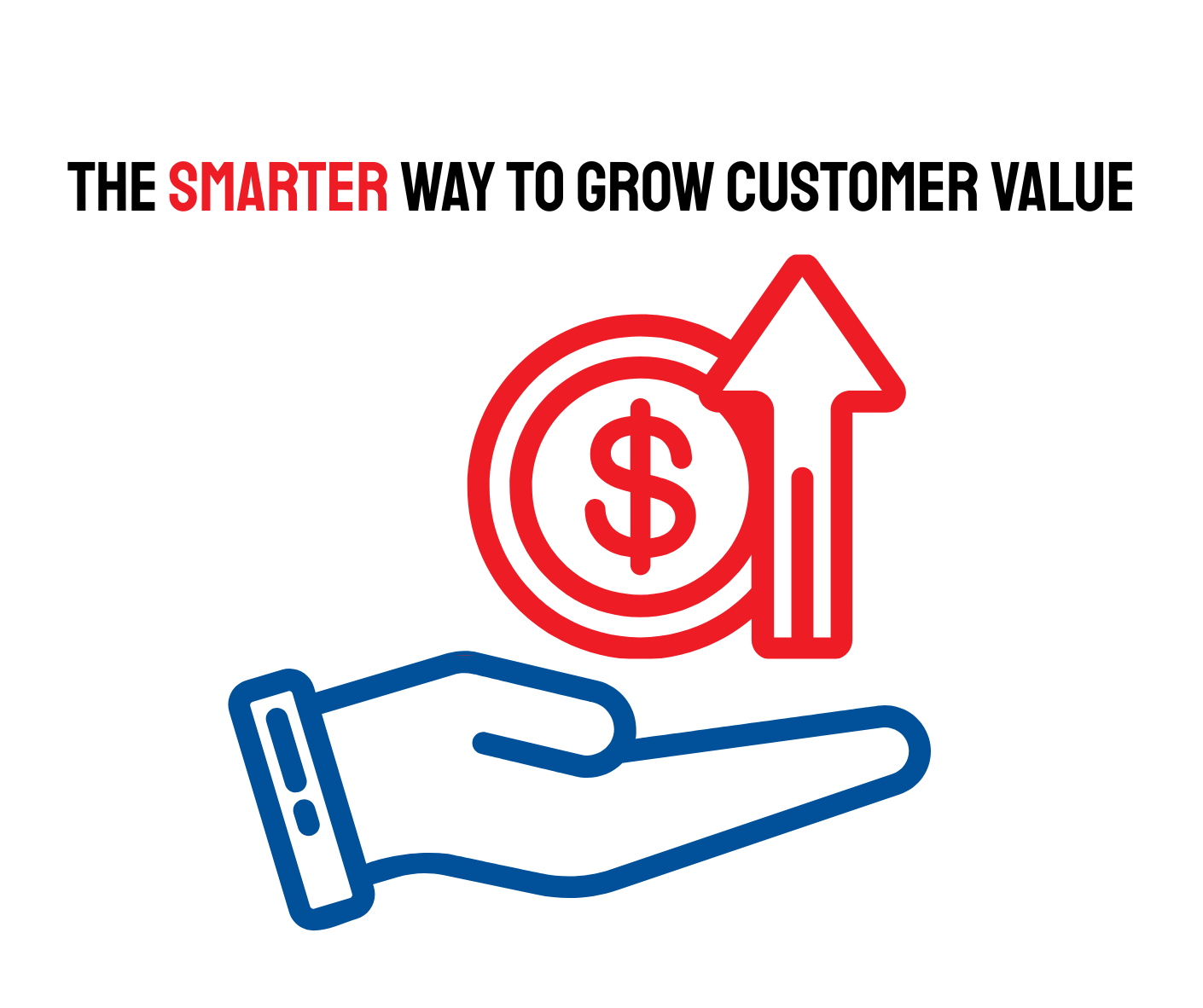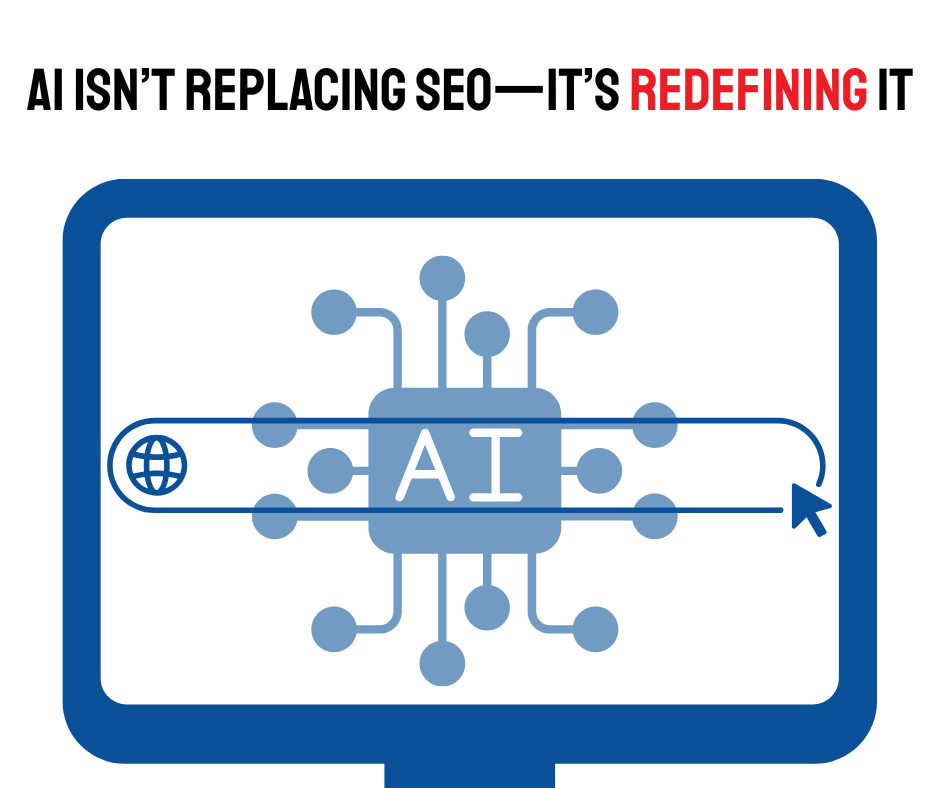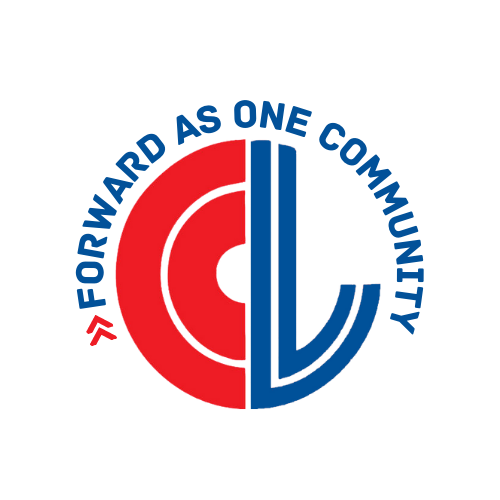Feeling Stuck? Try These Content Ideas for Small Businesses.
Content helps you connect, right? It gives insights into your business, your personality, and your culture. But boy, can it be draining. And as awesome as AI is there are only so many times you can ask it for blog ideas for the exact same audience before it starts to sound the same.
So where do you get new content ideas and inspiration to attract and retain customers? And how do you keep your content fresh and relevant? Let’s dig into some sources and strategies to generate, curate, and hybridize content for your blog posts, articles, videos, and social media.
Ideas for Generating Original Content
One of the most reliable sources for original content ideas is customer feedback and questions. By monitoring your customer service emails, social media comments, and online reviews, you can gain valuable insights into what your audience cares about and what issues they need help with.
Content created this way is extra valuable because it:
- helps you address their concerns directly
- builds a sense of community and engagement around your brand (if it’s a great question, you can call them out on a video or podcast thanking them for the idea)
- provides rich material for SEO
- gives you an opportunity for your brand to provide value
Talk to your sales team about what potential customers need to know, where they get confused, and what they most often ask. Then look at the most frequently asked questions to your customer service team. Go through social media inquiries and emails. Answer the most popular questions through a variety of mediums including video, audio, blogs, articles, and social media posts. Depending on your industry and the depth of the questions, you may even consider creating a report from them.
Questions can also be a great source of humorous content just make sure when you are creating your own comedy that you’re not hurting someone’s feelings or making fun of them for asking a question. If you want to poke fun of anyone, make sure it’s at your own expense, not theirs.
Staying updated with the latest news in your industry is another effective way to generate content ideas. Following industry blogs, subscribing to newsletters, and joining relevant forums and social media groups can keep you informed about current trends and developments. This knowledge allows you to produce timely and relevant content that positions your brand as a thought leader. Don’t just parrot their stuff, give your take.
Consider creating listicles such as “10 Ways to Improve Your [Industry] Skills” or how-to guides like “Step-by-Step Guide to Using Our Product.”
Additionally, sharing a behind-the-scenes look at your business can create a more personal connection with your audience. Consider creating a day in the life of your team, the making of your products, or how you maintain quality. Again, it can be funny. Authentic behind-the-scenes content can humanize your brand and build trust.
Customer success stories and case studies are also powerful sources of content. Highlighting how your products or services have helped your customers provides social proof of your brand’s value and can serve as persuasive testimonials for potential customers.
Ways to Curate Valuable Content
You don’t have to do it all on your own. Curating content from other sources is an excellent way to keep your audience informed and engaged without having to produce everything from scratch. When you share something, make sure you explain why. It will give an added richness to the content.
Tools like Feedly, Pocket, or Flipboard can help you collect and share relevant articles, blog posts, and news stories. By curating content from reputable sources, you can position your brand as a knowledgeable and reliable resource in your industry.
Your social media feeds are another source of content for curation. By following influencers, industry leaders, and competitors, you can find and share posts that resonate with your audience. Create roundup posts with the best content from your feed to further enhance your brand’s credibility.
User-generated content is another valuable resource for curation. Encouraging your customers to share their experiences with your products/services on social media provides you with free, authentic content. Reposting their photos, videos, and testimonials (with proper credit) not only fills your content calendar but also builds a community around your brand.
Using Hybrid Content Strategies
Hybrid content strategies, which blend original and curated content, can be particularly effective. One such strategy is conducting interviews or inviting guest posts from industry experts, influencers, or satisfied customers. This not only brings fresh perspectives to your content, but also taps into the contributors’ audiences. Collaborating with industry influencers brings new perspectives, points of view, and personalities to your content. Look for influencers who align with your brand values, target audience, and industry niche.
Collaborating with other brands for co-branded content is another hybrid strategy worth exploring. Joint blog posts, videos, or social media campaigns with complementary businesses can expand your reach and introduce your brand to new audiences.
Repurposing your content is a practical hybrid strategy that maximizes the value of your existing content. For example, a well-performing blog post can be transformed into a video, infographic, or a series of social media posts. This allows you to reach different audience segments across various platforms without having to create new content from scratch. Additionally, if you got good traction on a piece from several years ago, look to how you might freshen it up. Don’t have the time? AI can help.
Creative Places for Content Ideas
You don’t have to be all business in your content inspiration. Try these ideas.
Finding Inspiration in Pop Culture
Your audience are people first and foremost. They listen to music, watch movies, binge TV shows, and may even play video games. Tapping into pop culture helps you find common ground and relate on a human level (as appropriate for your target audience). One way to do this is to tap into what’s current right now — the latest TikTok craze or hot news story. That’s a good tactic for social media posts, where you can make a quick reference before the fad passes. For blog content, look for topics that are more evergreen. Pop culture titans like Taylor Swift, Star Wars, and Tom Brady have inspired plenty of colorful content that has a little more staying power than Chewbacca mom or a colored dress.
When It’s About You, Make It About Them
Interactive social media posts such as polls asking “Which of Our Products Do You Love the Most?” or contests and giveaways can drive engagement and increase your reach. Posting quotes and tips related to your products can also keep your social media channels vibrant and engaging.
Tapping into Internal Resources
Employees are a treasure trove of knowledge, expertise, and unique perspectives. Encourage them to contribute to your content creation efforts by sharing their insights, experiences, and ideas. Seek out your social-media-savvy employees and come to them with specific asks. Show appreciation by recognizing and rewarding their contributions to your content marketing efforts. Whether it’s through public recognition, incentives, or professional development opportunities, acknowledging the value employees bring to your content strategy will encourage continued participation.
Leveraging AI for Brainstorming
In case you missed the last two years of headlines, AI is already changing the way marketers work. It’s ideal to jumpstart your creative brain if you’re feeling stuck. Ask a program like ChatGPT to help you brainstorm ideas for your blog, social media, or other medium. Tell it who your audience is, the type of content you want, and any themes you want to include. Goals help too. For example, you could ask, “Help me come up with creative ideas for blog posts to get more readers. My company sells biscuits, and our target audience is 30-50-year-old business professionals with a weight problem. Include pop culture references that would resonate with that demographic.” This kind of prompt can generate unique and relevant ideas that you can further refine and develop.
By using a mix of your own content, curating from others, and creating hybrid work, you can keep your audience engaged and your brand relevant. Remember, the key is to provide value, be authentic, stay consistent, and occasionally make them laugh.
--------
Christina Metcalf is a writer/ghostwriter who believes in the power of story. She works with small businesses, chambers of commerce, and business professionals who want to make an impression and grow a loyal customer/member base. She loves road trips, hates exclamation points, and is currently reading three books at once.
_______________________________________
Medium: @christinametcalf
Facebook: @tellyourstorygetemtalking
Instagram: @christinametcalfauthor
LinkedIn: @christinagsmith




